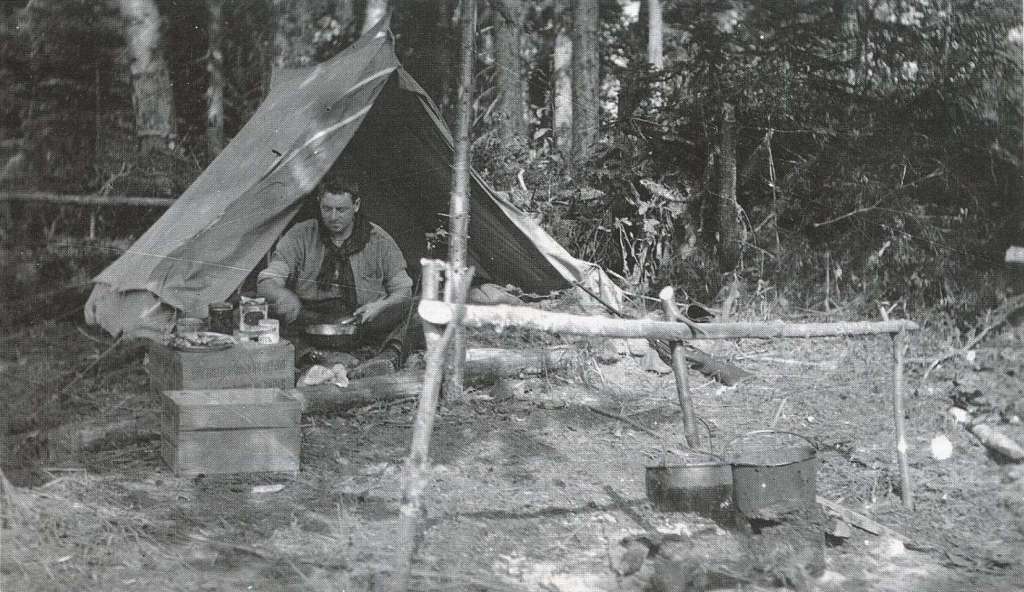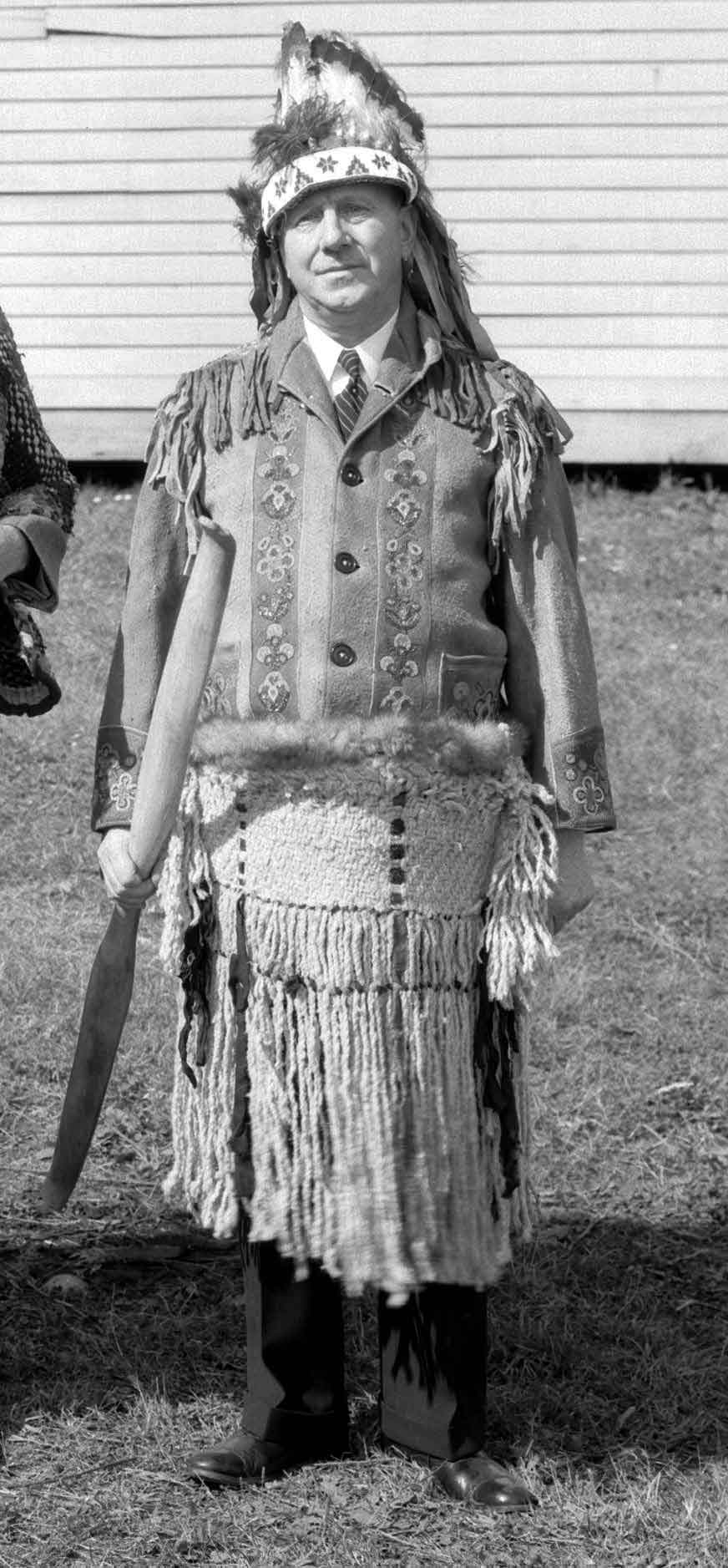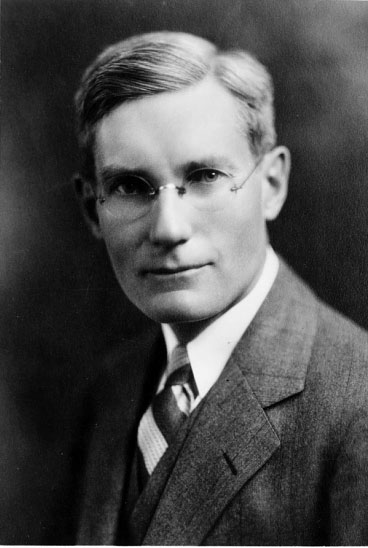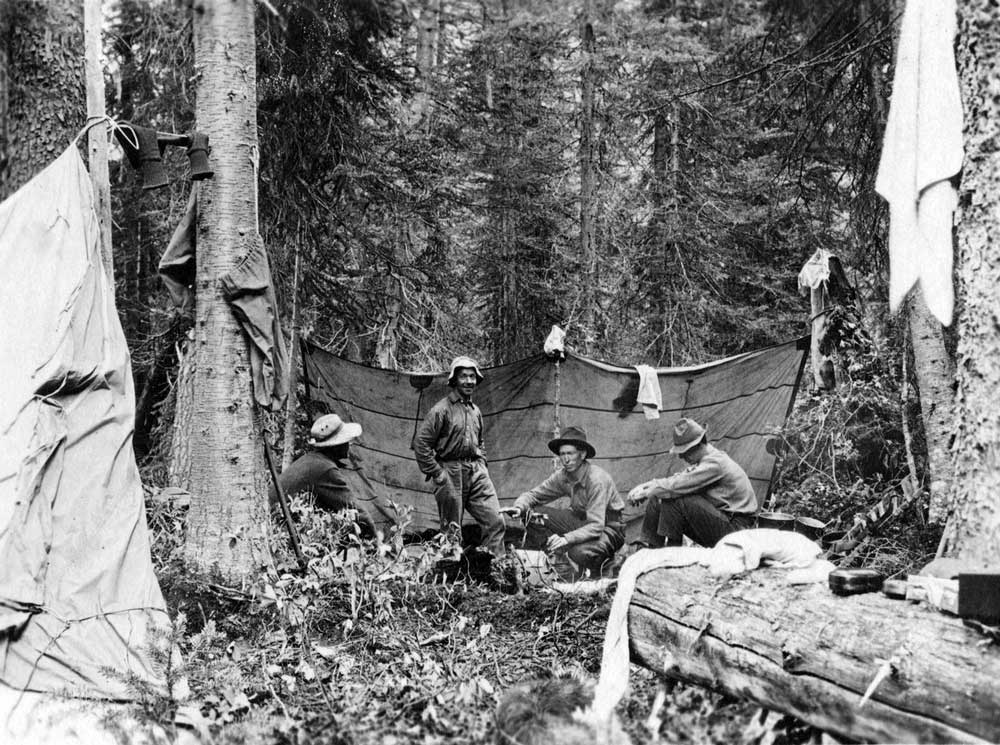Canadian National Railway N of Valemount
52.8694 N 119.2917 W — Map 83D/14 — Google — GeoHack
Name officially adopted in 1989
Official in BC – Canada
Mile 72 in Albreda Subdivision (Jasper to Blue River as of 1977)

John Leslie Charles, 1914
Wikipedia
This station on the Canadian National Railway is named for Major John Leslie Charles [1892–1992], long-time chief engineer of Canadian National Railway’s former western division in Winnipeg.
Charles was born in 1892 in Weybridge, Surrey, England, and moved to Winnipeg in 1910. He began working for the Grand Trunk Pacific Railway survey party in their Mountain division. Except during the World War I, Charles worked on the Hudson Bay Railway until its completion at Churchill, Maitoba, in 1930. He then worked for the Canadian National Railway for 55 years, progressing to the position of chief engineer of the Western Region.
Charles served in both World Wars. During World War I, he was promoted to the rank of major and was awarded the Distinguished Service Order. In World WarII, he recruited and commanded the 20th field company of the Royal Canadian Engineers. He also served with the American Army, surveying for a military railway connecting Alaska and Canada.
- CN (Canadian National Railway). Transportation planning branch, Edmonton, and historical office, Montréal. 2000
- Charles, John Leslie. University of Manitoba Archives & Special Collections. John Leslie Charles fonds (1908–1989). University of Manitoba Archives & Special Collections
- Wikipedia. John Leslie Charles


